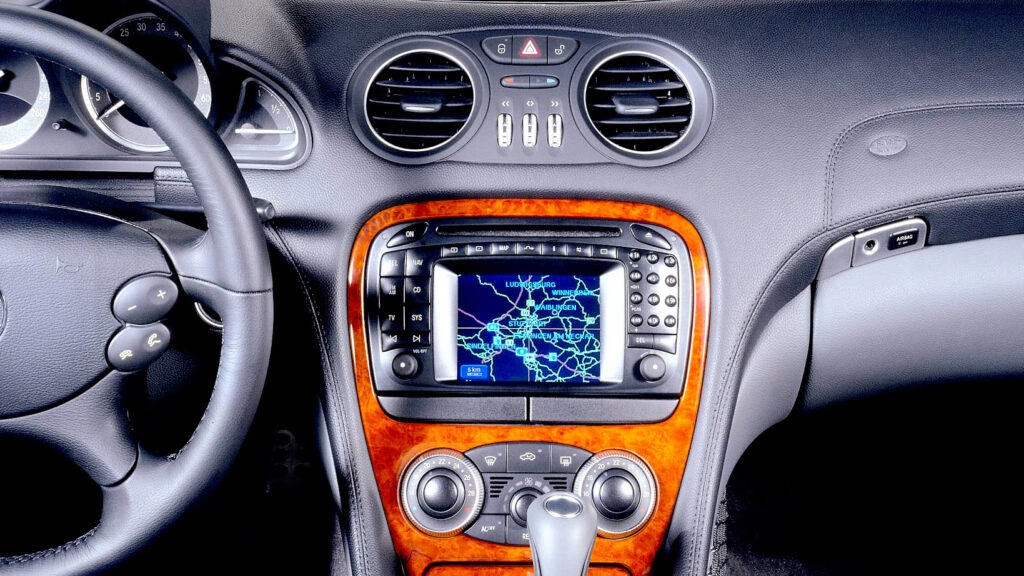Cars, much like fashion, have a way of aging that can leave us scratching our heads. Remember the excitement of a new car model, with its sleek lines and shiny features? Fast forward a few years, and suddenly that same car feels like a relic from a bygone era. So, what exactly makes a car feel dated? Let’s dive into the elements that can transform a once-stylish ride into a nostalgic memory.
What Features Make a Car Feel Old?
When you think about it, the aging process of a car is surprisingly similar to our own. Just as we look back at old photos and cringe at our hairstyles or fashion choices, cars too have their moments of glory that can quickly fade. One of the most significant factors in a car’s aging is its materials. Faux wood trim, for instance, might have seemed luxurious a decade ago, but now it often feels cheap and outdated. And let’s not even get started on those cloth upholstery patterns that look like they belong in a 1970s living room.
But it’s not just the materials that give away a car’s age. The technology inside plays a massive role too. Infotainment systems have come a long way in recent years. Remember when screens were small and clunky? Today, we expect large, responsive displays that integrate seamlessly with our smartphones. A car with a dated infotainment system can feel like it’s stuck in the past, making even the newest models feel old.
Design Elements That Signal Age
Beyond the interior, certain design features can instantly date a vehicle. Take headlights and taillights, for example. Segmented LED lights and faux projector beams were once cutting-edge but now scream “yesterday.” The same goes for those flashy Altezza-style tail lights that were all the rage in the early 2000s. What was once a symbol of modernity can quickly become a marker of age.
Wheel designs also tell a story. If you see a car with narrow spokes or chrome-plated alloys, it might just be a hint that it’s not as fresh as it once was. And let’s not forget about badges. Automakers often refresh their logos, and seeing an old badge can make a car stand out in a parking lot—much like spotting someone wearing a Bluetooth headset from 2004.
Real-World Examples of Aging Cars
Consider the Mitsubishi Eclipse Spyder from the early 2000s. While it was once a sporty icon, its design elements now feel dated. The same can be said for the Audi R8 from 2007. Both models had their moment in the spotlight, but specific features—like their infotainment systems and exterior styling—can make them feel like relics today.
So, what’s the takeaway? It’s fascinating to see how quickly cars can age, often due to design choices and technological advancements. As we continue to evolve our tastes and expectations, it’s essential to recognize what features stand the test of time and which ones don’t.
What Do You Think Ages a Car the Most?
Now it’s your turn! What features or design elements do you think age a car the fastest? Whether it’s a particular style of upholstery or a tech feature that seemed revolutionary at the time, we’d love to hear your thoughts. Bonus points if it’s something you once adored but now find cringeworthy!
The big takeaway? Aging isn’t just about the passage of time; it’s about how we adapt to new trends and technologies. Start paying attention to what makes cars feel dated, and you might just spot the differences in your own ride.

